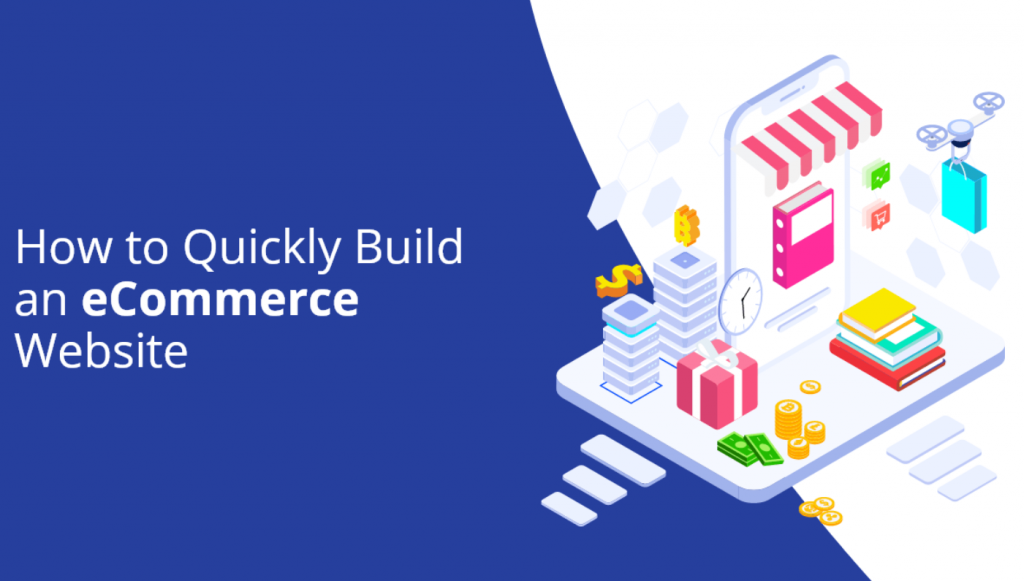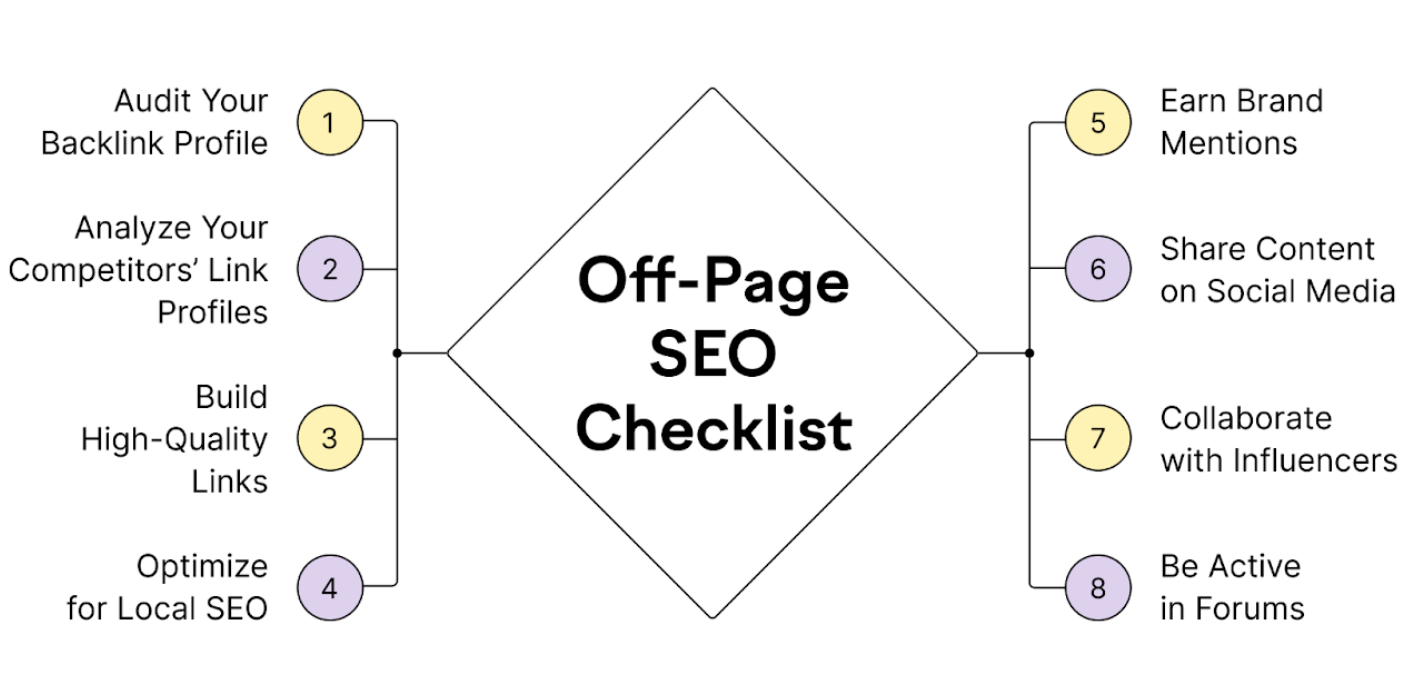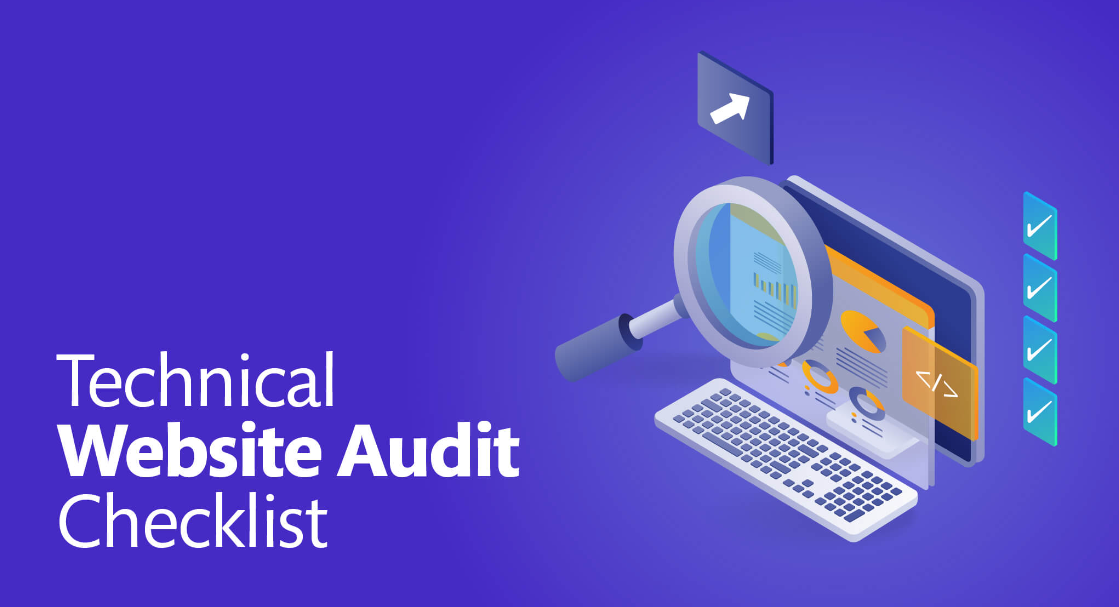In today’s digital age, an e-commerce website can be a lucrative opportunity for businesses of all sizes. With the rise of online shopping, it has become increasingly important for companies to have a strong online presence to reach a wider audience and boost sales. However, building an e-commerce website can be daunting, especially for those new to the process. This article will go through the steps of creating an e-commerce website from scratch.
How to Build an Ecommerce Website
Here is a step-by-step guide on how to build an e-commerce website.
Step 1: Choose Your Platform
To build an e-commerce website, you must first choose the right platform. A variety of ecommerce platforms are available, each with its own features and pricing models. Shopify, WooCommerce, and Magento are some of the most popular options.
Shopify is a hosted ecommerce platform that offers an all-in-one solution for building and managing an online store. It is known for its ease of use and simplicity, making it a popular choice for small businesses and entrepreneurs.
WordPress plugin WooCommerce enables you to run an e-commerce website. It is a flexible and customizable platform that allows you to create a unique online shopping experience Magento is an open-source ecommerce platform that offers high flexibility and scalability. For large companies and enterprises, it is a popular choice.
Step 2: Choose Your Domain Name and Hosting
Once you have chosen your platform, you must select a domain name and a hosting provider. Your domain name is the address that people will use to access your website, and your hosting provider is where your website will be stored and served to visitors.
When choosing a domain name, it is important to choose something that is easy to remember and reflects your brand. Choose a top-level domain (TLD) such as .com, .net, or .org.
When it comes to hosting, a variety of options are available, including shared hosting, virtual private servers (VPS), and dedicated servers. Shared hosting is the most affordable option but may not be suitable for large ecommerce websites with high traffic.
Step 3: Choose Your Design and Layout
The design and layout of your e-commerce website are crucial for creating a positive user experience and driving sales. You should choose a design that reflects your brand and is easy to navigate.
Most e-commerce platforms offer a variety of templates and themes that you can use as a starting point. Depending on your brand’s style and colors, you can customize the design.
It is important to ensure your website is optimized for mobile devices, as more and more people are shopping on their smartphones and tablets.
Step 4: Add Your Products
Once you have set up your website, it’s time to add your products. You must create product pages for each item you want to sell, including photos, descriptions, and prices.
Ensure to include high-quality product photos showing the item from multiple angles. Your product descriptions should be detailed and informative, highlighting each item’s key features and benefits.
Step 5: Set Up Payment Processing
One of the most important aspects of an ecommerce website is the ability to accept customer payments. You must set up a payment processor that securely lets customers purchase items from your website.
Most ecommerce platforms offer integrations with popular payment processors such as PayPal and Stripe. Consider offering alternative payment methods such as Apple Pay or Google Pay.
Step 6: Set Up Shipping and Tax Rates
Once you have set your shipping and tax rates, testing them to ensure they are working correctly is important. This involves placing test orders and verifying that the shipping and tax rates are accurately calculated.
Make sure to test your shipping rates for different products and destinations to ensure accuracy. You should also test your tax rates for other states and counties to ensure they are correctly calculated.
Conclusion
In conclusion, creating an e-commerce website requires careful planning and a step-by-step approach. From selecting the right platform to setting up payment processing and marketing, each task should be carefully considered to ensure your website is successful. By following the steps outlined above, you can ensure that your customers have a smooth and seamless checkout process, leading to higher sales and customer satisfaction. Moreover, it’s important to keep up with trends and regularly update your content to stay ahead of the competition. With a bit of hard work and dedication, your e-commerce website can become successful in no time.
At Creativ Digital, we understand the ins and outs of building successful ecommerce websites.



